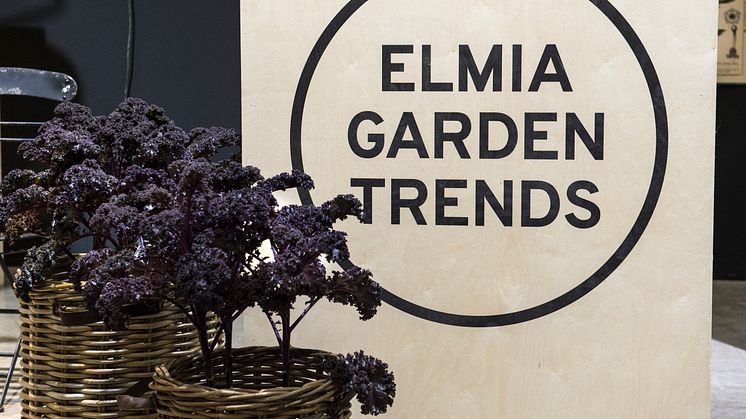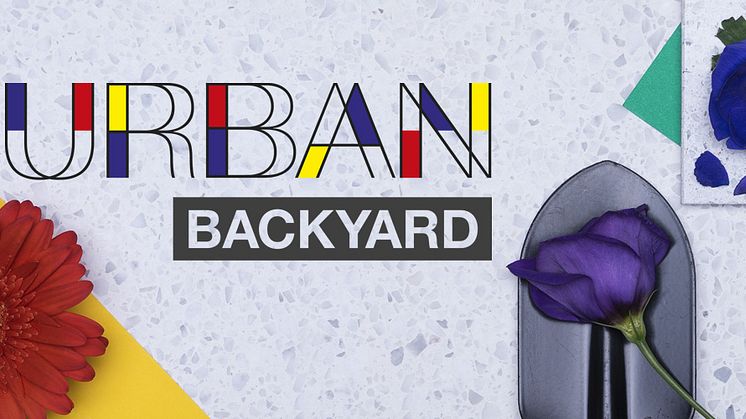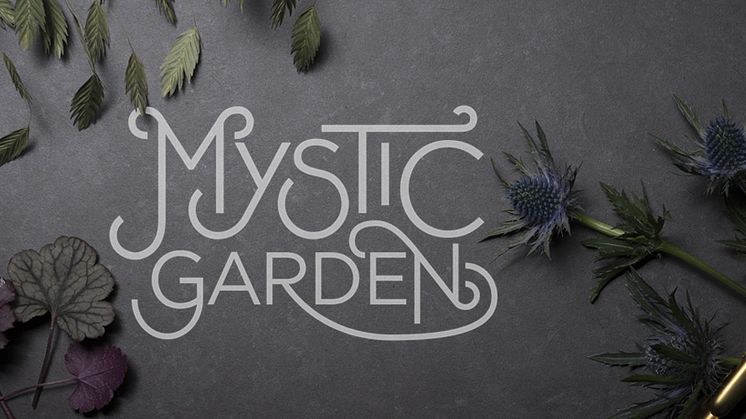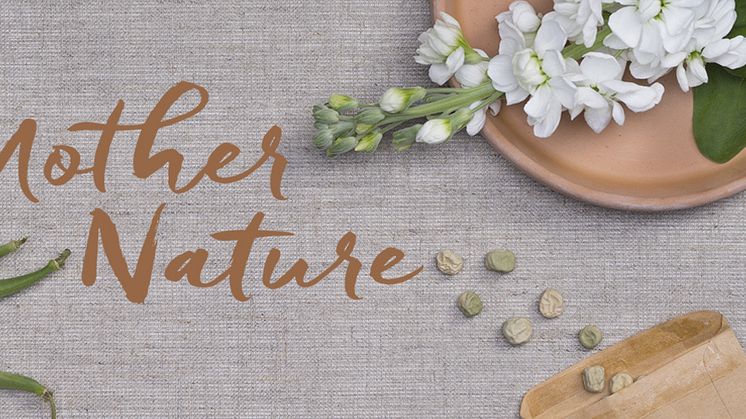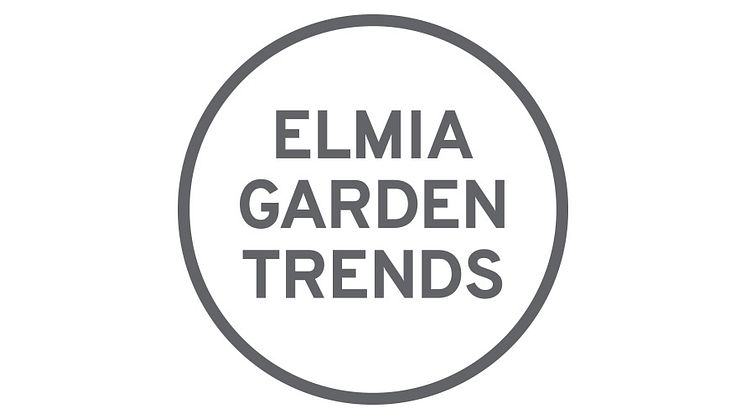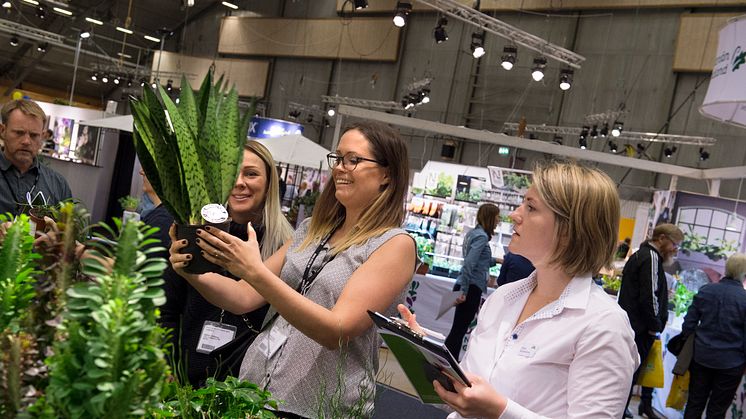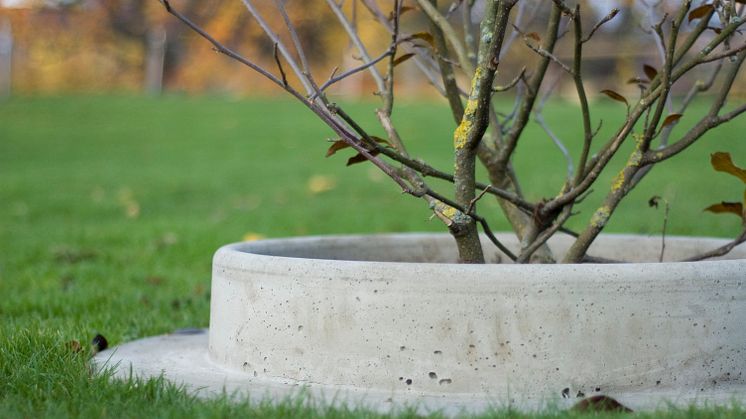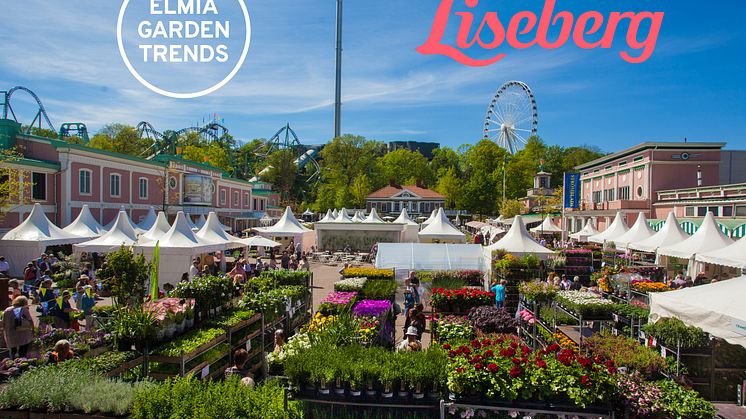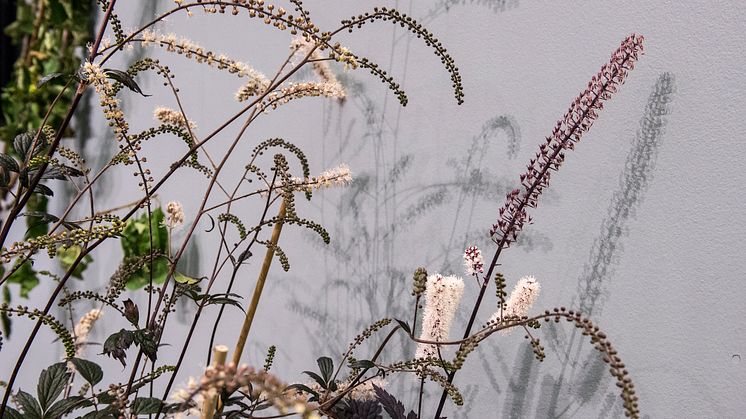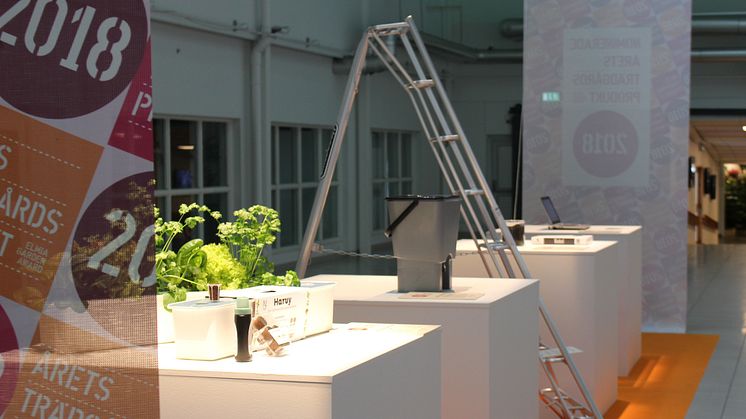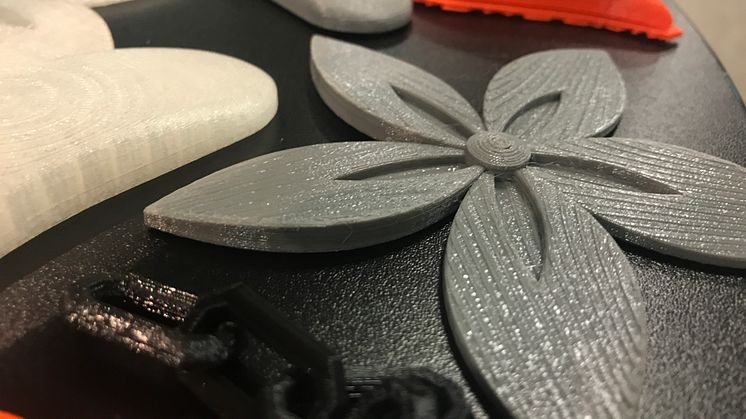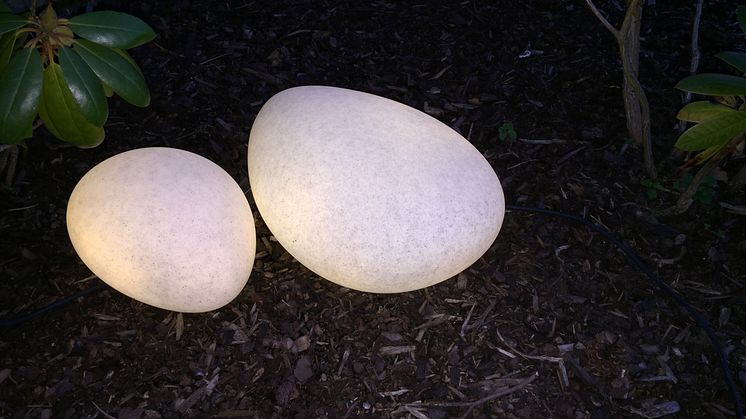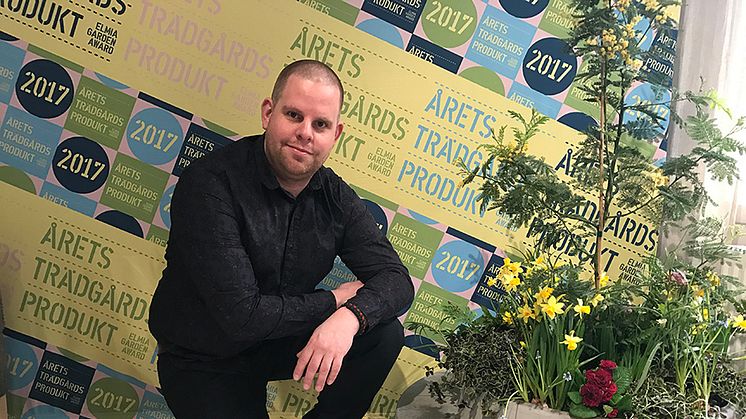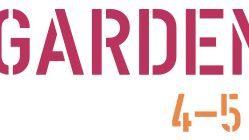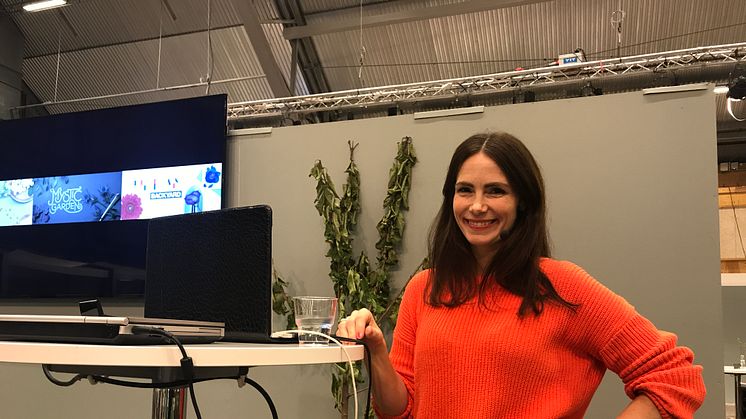
News -
Trends in popular culture and society seen in gardens and interiors
Inspiration, influences and social developments are just some of the ingredients considered when the Swedish Fashion Council (SFC) does the trendspotting that underlies next year’s garden trends. The trends for 2018 were presented at Elmia Garden.
“When you work with trends there is no lack of inspiration, influences and materials – they’re everywhere around us, not least online. The big challenge is to perceive patterns, select, and cluster together the things we believe are the most influential. We examine the major feeds and macro-trends, along with changing values in politics, culture and popular culture, and then we extract both the long-term and short-term trends,” explains Elin Frendberg, CEO of SFC.
SFC has about 100 clients in everything from the design and production stages to the retail stage, and its trend reports are widely disseminated. The garden trends for 2018 that are presented on Elmia Garden Trends, the new inspiration website launched in April this year, were developed based on SFC’s trend reports and adapted to the garden industry.
“It’s been a good collaboration as we don’t have cutting-edge expertise in the garden industry. We work a lot with plants, because they’re such an important part of interior design and the external feeds today, but we work more broadly. It’s been really fun to work with Elmia Garden, Blink and Jan Rundgren, who have great expertise in plants,” Frendberg says.
Three clear trends
The three garden trends for 2018 have very different characters. Mystic Garden is a dark and magical theme that showcases unusual and strange design choices, darkness and decay. The colours are basic with black, white and grey as the foundation. The material choices include wool, black leather and embossed leather but also crystals and oxidised surfaces.
“Here we find lots of inspiration from artistic forms of expression with burned materials, prisms and ash. On the plant side, we see the return of the dried roses from the 1990s. Withered flowers and organic processes where you can see the decay emerging are clear right now. A lot of dark plants and sculptures,” says Frendberg.
The second trend, Urban Backyard, takes us back to the 1990s and the British workers’ scene. Scrap materials are showcased and become new and fine again via an assembly of materials and objects that would normally have nothing in common.
“We perceive new constellations and plantings in sacks, strong colours, and graphic elements. Functional objects, such as a toolbox, become decorative objects. We’re seeing a lot of urban gardening with pop-up gardens in cities, and it’s dedicated, fun and playful without any wagging fingers. Everything’s allowed,” Frendberg says.
Natural and naked
Mother Nature is the third trend, which is simple and has a curiosity about the natural elements of the body, the earth, and materials with soft shapes, volume, natural materials and an earthy colour palette. The materials include terracotta and unglazed surfaces with organic printing and shapes.
“Here are a lot of innovations about materials, including in bio-couture, which involves growing materials for clothing. This is becoming more important to the fashion industry today. In Sweden it’s the fastest-growing export industry of all and has doubled in five years. If we are to continue growing as we have been doing, only half of the cotton will still be left by 2050, so we have to find new materials,” Frendberg explains.
Inside the home it is the turn of the mushroom to take over from the owl and the pineapple as a decorative object. Mushrooms can also be used in plantings to decontaminate the soil.
SFC says it is becoming less relevant to have trend materials divided by seasons, as all the materials are transparent and always available online.
“Instead we’re seeing that people or companies have an identity and a style and are constantly adding to it,” Elin Frendberg concludes.
